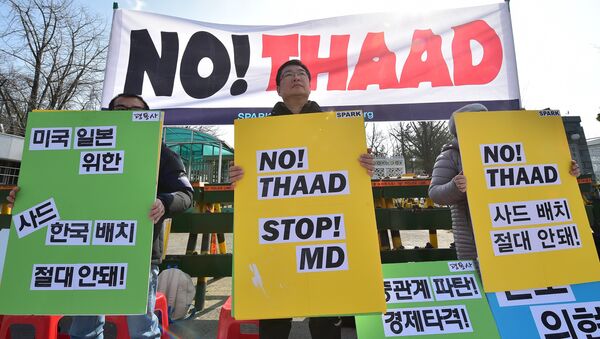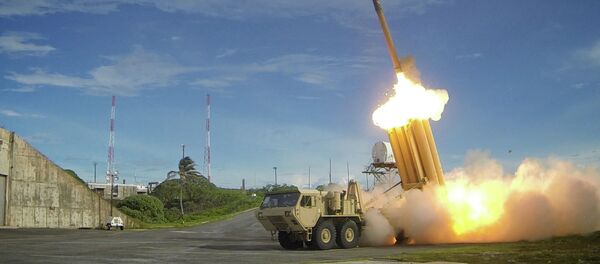“Such systems are normally stationed away from populated areas to minimize their impact on people. For a system like THAAD to be harmless to humans, it must be placed dozens or even hundreds of kilometers away,” Sivkov said.
When asked whether the risk to the local population was worth it, Sivkov said that since the system was designed to shoot down North Korea’s tactical missiles, the risk could be justified from a military point of view, but not from that of people living around it.
“In addition to radiation, the locals risk becoming sitting ducks because even if shot down or sidetracked by THAAD, incoming missiles will still be falling down on their heads, so their fears are fully justified,” Sivkov added.
Meanwhile, Oh Mi Chong, general secretary of the Organization of Solidarity for Peace and Reunification of Korea, warned that the decision to deploy the US missile defense system on the Korean peninsula was putting the lives of millions of South Koreans at risk.
Russia and China also believe that the move will destabilize the situation in the region.
Earlier this month, South Korea and the United States announced they agreed to deploy the THAAD system with the US military stationed in South Korea to counter North Korea's alleged missile threat.
However, the stationing of the THAAD system is making South Korea potential target of a mistake attack by the North. THAAD is designed to intercept short, medium and intermediate ballistic missiles at the terminal incoming stage.



